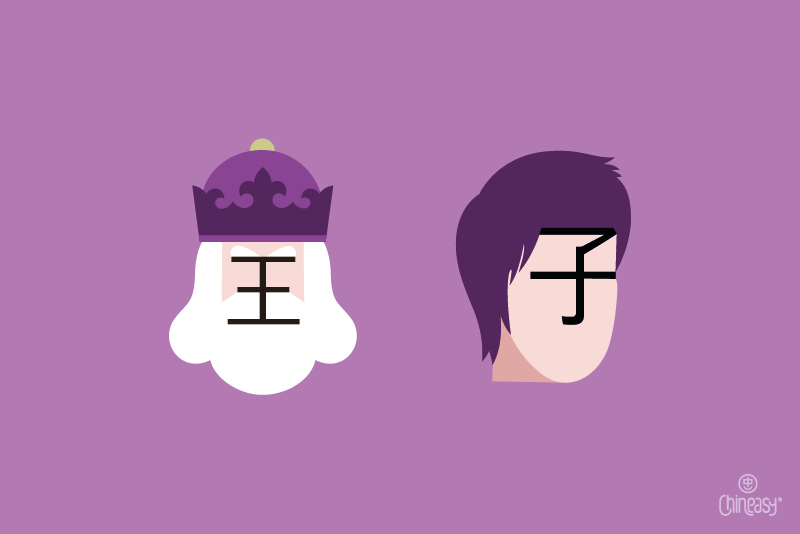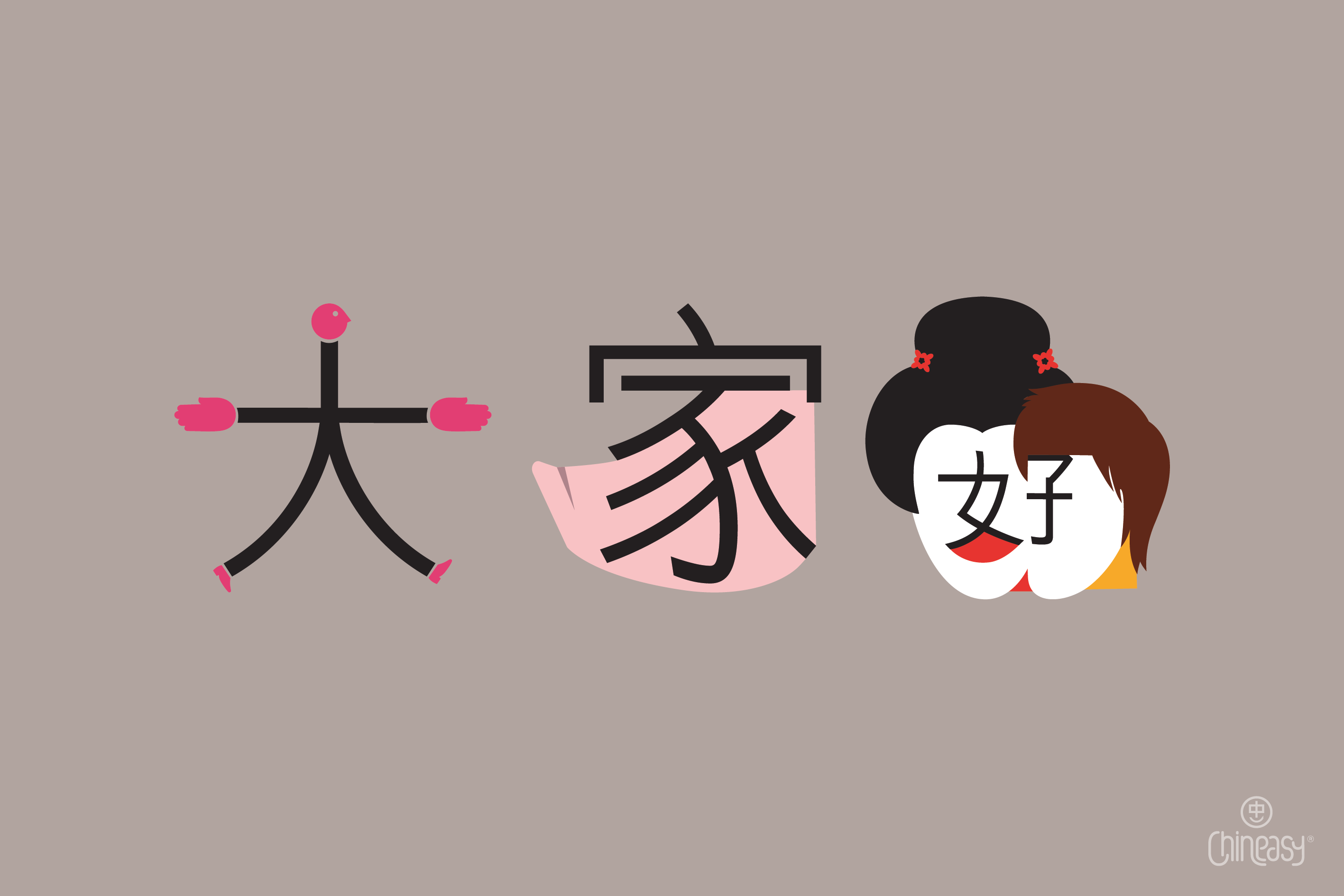Expressing gratitude is essential in any language, and Mandarin Chinese offers multiple ways to say “thank you,” each suited for different situations.
Whether you’re casually thanking a friend, showing deep appreciation, or responding politely, knowing the right phrase helps you sound more natural and culturally aware.
Let’s explore five common ways to express gratitude in Chinese, along with pronunciation tips and example sentences!
Thank You 謝謝/谢谢
The most common and widely used phrase for “thank you” in Chinese is 謝謝/谢谢 (xiè xie). It’s simple, versatile, and suitable for both formal and casual settings.
The character 謝/谢 combines the radical 言/讠(yán), related to speech, and 射 (shè), meaning “to shoot.”
Pronunciation Tip:
To pronounce the pinyin consonant “x” correctly, start with a wide smile, exposing your teeth, and position your tongue behind your lower teeth. The sound is similar to a hissing “s” blended with “sh.”
- The first 謝/谢 (xiè) is pronounced with a falling fourth tone.
- The second 謝/谢 (xie) is neutral, making it sound lighter and softer.
📌 Example Sentence:
謝謝你的禮物!(Traditional Chinese)
谢谢你的礼物!(Simplified Chinese)
Xièxie nǐde lǐwù
Thanks for your gift!
Many Thanks 多謝/多谢
多謝/多谢 (duō xiè) is used in more formal situations or to express deeper gratitude than just 謝謝/谢谢.
While it’s less commonly used in everyday Mandarin, you might hear it in more polite or formal settings, such as in writing, business interactions, or when thanking someone for a significant favor.
📌 Example Sentence:
多謝你的幫忙!
多谢你的帮忙!
Duō xiè nǐde bāngmáng
Many thanks for your help!
Thank You/Gratitude 感謝/感谢
Compared to 多谢/多謝, 感谢/感謝 (gǎn xiè) is more commonly used in writing rather than in daily spoken conversations.
You’ll often see it in formal emails, letters, speeches, and official settings, but it can still be spoken when you want to sound a bit more formal or serious.
📌 Example Sentence:
感謝你的支持!
感谢你的支持!
Gǎnxiè nǐde zhīchí
Thank you for your support!
Thank You Very Much 非常感謝/非常感谢
For even greater emphasis, you can say 非常感谢/非常感謝 (fēicháng gǎnxiè). Here, 非常 means “very much,” so the phrase literally translates to “very much thank you.”
📌 Example Sentence:
非常感謝你的耐心。
非常感谢您的耐心。
Fēicháng gǎnxiè nǐde nàixīn
Thank you very much for your patience.
Thank Goodness 謝天謝地/谢天谢地
For a more dramatic and expressive way to say thanks, you can use 謝天謝地/谢天谢地 (xiè tiān xiè dì), which literally means “thank heaven, thank earth.” This phrase is often used when expressing relief.
📌 Example Sentence:
謝天謝地,我們終於到了!
谢天谢地,我们终于到了!
Xiè tiān xiè dì, wǒmen zhōngyú dào le!
Thank goodness, we finally arrived!
Responding to “Thank You”

In Chinese culture, humility is valued, and responses to thanks often downplay the effort made:
- 不客氣/不客气 (bù kè qì) – You’re welcome (literally, “don’t be polite”).
- 不用謝/不用谢 (bù yòng xiè) – No need to thank.
- 沒事/没事 (méi shì) – It’s nothing.
Pronunciation Tip:
In 不客氣/不客气, although 不 is typically pronounced in the fourth tone, here it changes to the second tone because it’s followed by another fourth-tone character.
Cultural Insight
The character 謝/谢 is also a common Chinese surname, pronounced Xiè. Notable individuals with this surname include:
- 謝金燕/谢金燕 (xiè jīn yàn) – Janet Hsieh, a Taiwanese dancer and singer-songwriter.
- 謝霆鋒/谢霆锋 (xiè tíng fēng) – Nicholas Tse, a Hong Kong actor and singer.
- 謝娜/谢娜 (xiè nà) – Xie Na, a popular Chinese television host.
Understanding these expressions and their cultural nuances enriches your Mandarin proficiency and deepens your connection to Chinese-speaking communities.
For a visual and auditory guide, you might find this video helpful:



